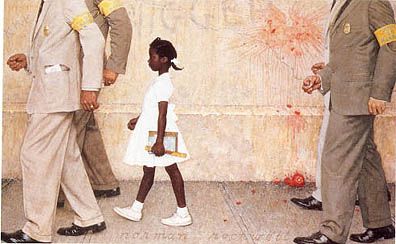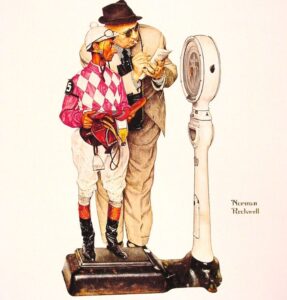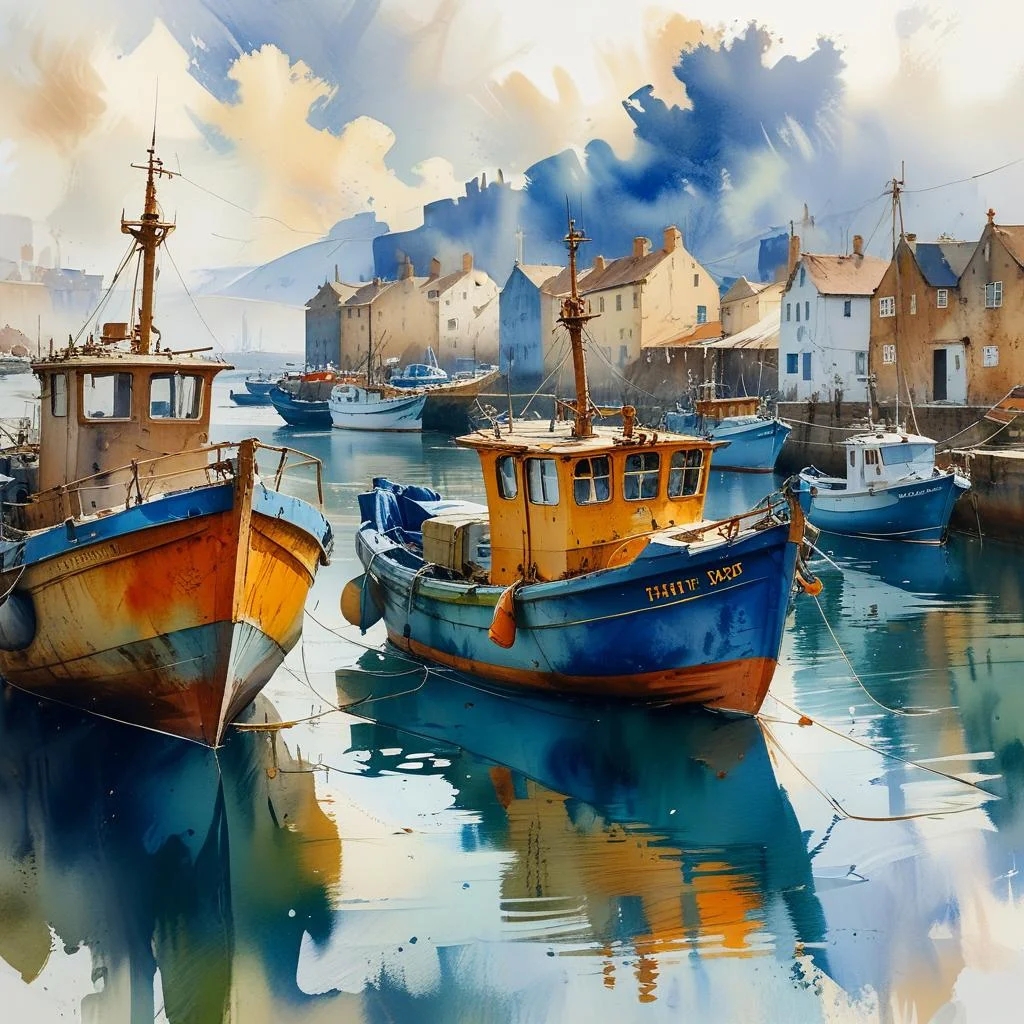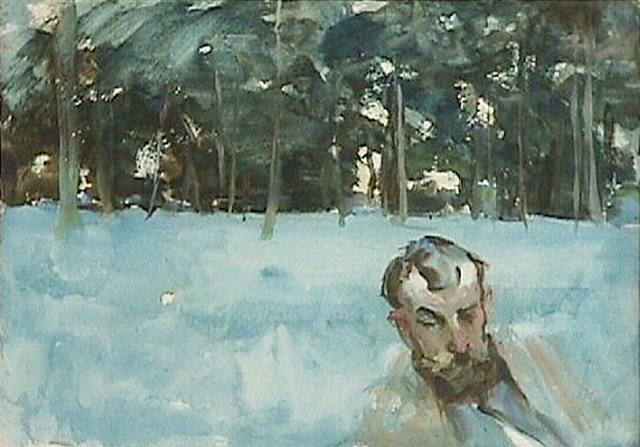Few artists have captured the essence of American life quite like Norman Rockwell. His paintings tell stories of everyday Americans, from small-town barbershops to family Thanksgiving dinners. For nearly seven decades, Norman Rockwell paintings decorated the covers of magazines that sat on coffee tables across America. These illustrations weren’t just pretty pictures—they were windows into American culture, showing both its ideals and realities. Rockwell’s detailed scenes of ordinary people doing ordinary things somehow made the everyday seem extraordinary.
Key Points:
- Norman Rockwell created over 4,000 original artworks in his lifetime
- He illustrated 323 covers for The Saturday Evening Post
- His style evolved from idyllic Americana to social commentary
- Rockwell used real people as models, not professional models
- His works are now valued in the millions and displayed in major museums
- Rockwell’s influence extends beyond art into American cultural identity
Born in 1894 in New York City, Norman Rockwell knew from an early age that he wanted to be an artist. By 16, he was already creating illustrations for Boys’ Life magazine. But it was his 47-year relationship with The Saturday Evening Post that would define his career and cement his place in American art history.
Rockwell wasn’t just talented—he was incredibly hardworking. For each painting, he would take dozens of photographs of models (usually regular folks from his town), make detailed sketches, and then paint with painstaking precision. This careful process gave his works their trademark authenticity.
“I paint life as I would like it to be.”
Norman Rockwell
Unlike many famous artists who only gained recognition after death, Rockwell enjoyed immense popularity during his lifetime. Americans connected with his warm portrayals of family life, childhood adventures, and community gatherings. His illustrations reflected the nation’s values and aspirations, particularly during challenging times like the Great Depression and World War II.
The Saturday Evening Post Covers That Made History
The Norman Rockwell Saturday Evening Post covers represent his most recognized body of work. For nearly five decades (1916-1963), Rockwell’s illustrations appeared on the magazine’s cover, entering millions of American homes and becoming part of the national conversation.
Each cover told a story that required no explanation. Whether it was kids playing baseball, a soldier returning home, or a family road trip, Rockwell captured moments that resonated with readers. These weren’t just illustrations—they were cultural touchstones that Americans used to understand themselves.
Some of his most beloved Post covers include:
| Title | Year | Theme |
|---|---|---|
| “Triple Self-Portrait” | 1960 | Art and identity |
| “Going and Coming” | 1947 | Family vacation |
| “The Runaway” | 1958 | Community and compassion |
| “Saying Grace” | 1951 | Faith and tradition |
| “Shuffleton’s Barbershop” | 1950 | Small-town community |
These Norman Rockwell nostalgic American paintings have become so embedded in American culture that the term “Rockwellian” is now shorthand for an idealized vision of American life.
Four Freedoms: Art With a Purpose
Visit the Norman Rockwell Museum to see the his Originals

When President Franklin D. Roosevelt gave his famous “Four Freedoms” speech in 1941, outlining the four essential human freedoms (freedom of speech, freedom of worship, freedom from want, and freedom from fear), Rockwell was inspired to create what would become some of his most significant works.
The Norman Rockwell Four Freedoms paintings were created in 1943 during World War II. What made these paintings extraordinary was how Rockwell translated abstract political concepts into relatable, everyday scenes:
- Freedom of Speech: A man standing to speak at a town meeting
- Freedom of Worship: Diverse people in prayer
- Freedom from Want: A family Thanksgiving dinner
- Freedom from Fear: Parents tucking children safely into bed
These paintings toured the country, helping to sell over $132 million in war bonds. They showed how art could serve both as propaganda and as a genuine expression of national values during wartime. Today, you can see them at the Norman Rockwell Museum in Stockbridge, Massachusetts.
Beyond Nostalgia: Rockwell’s Social Commentary

Many people think of Rockwell only as a painter of wholesome, idealized scenes. But later in his career, after leaving The Saturday Evening Post for Look magazine in 1963, Rockwell began addressing serious social issues through his art.
His painting “The Problem We All Live With” shows six-year-old Ruby Bridges being escorted to school by U.S. Marshals during the New Orleans school desegregation crisis. The stark, powerful image marked a turning point in Rockwell’s career and showed his commitment to addressing civil rights issues.
Other Norman Rockwell civil rights paintings included “Murder in Mississippi” and “New Kids in the Neighborhood,” which dealt with racial integration. These works demonstrate how Rockwell’s art evolved beyond mere nostalgia to engage with the pressing social issues of his time.
The Art of American Everyday Life

What made Rockwell’s art so relatable was his focus on Norman Rockwell everyday life scenes. He found beauty and humor in ordinary moments—a child visiting the doctor, a family piling into a car for vacation, or a teenager checking her appearance in a mirror.
Rockwell had an uncanny ability to capture human expressions and body language. His attention to detail extended to every wrinkle in clothing, every item on a shelf, and every facial expression. This meticulous approach is why his scenes feel so authentic and why they continue to resonate with viewers today.
His Norman Rockwell Christmas illustrations became part of American holiday traditions, showing families decorating trees, children waiting for Santa, and the warmth of seasonal gatherings. These seasonal works have become synonymous with American Christmas imagery.
The Lasting Value of Rockwell’s Art
For many years, art critics dismissed Rockwell as merely a commercial illustrator rather than a “serious” artist. But time has changed this perception. Today, Norman Rockwell Americana art value has skyrocketed, with paintings selling for millions at auction.
In 2013, his painting “Saying Grace” sold for $46 million, setting a record for American illustration art. The Norman Rockwell Museum in Stockbridge, Massachusetts (where Rockwell lived for the last 25 years of his life) houses the world’s largest collection of his original artworks and welcomes visitors from around the globe.
Beyond monetary value, Rockwell’s work has gained recognition for its artistic merit and cultural significance. Art historians now study his technical skill, composition methods, and storytelling abilities. His influence can be seen in photography, film, and even contemporary painting.
Behind the Scenes: Rockwell’s Process

Rockwell’s process was as fascinating as his finished works. Unlike many illustrators, he didn’t work from imagination alone. Instead, he staged elaborate photoshoots with real people from his community.
For a typical Norman Rockwell Saturday Evening Post cover, he would:
- Develop a concept sketch
- Cast local townspeople as models
- Take dozens of reference photographs
- Create detailed preliminary drawings
- Paint the final illustration, often making subtle changes to enhance the storytelling
This careful approach explains why his paintings feel so authentic—they were based on real people in real situations, just carefully composed to tell a specific story.
Norman Rockwell died in 1978, but his vision of America lives on. His paintings continue to appear on calendars, greeting cards, and posters. They’re referenced in movies, television shows, and contemporary art. Politicians from both parties invoke “Rockwellian America” when discussing traditional values.
What makes Rockwell’s work endure is its emotional honesty. Even his most idealized scenes contain authentic human moments—the embarrassed teenager, the nervous child, the proud grandparent. These emotional truths transcend the specific time and place of his paintings.
Today, Norman Rockwell paintings are more than just nostalgic images of a bygone era. They’re documents of American aspirations—what Americans hoped to be, even when reality fell short. In our divided times, Rockwell’s vision of community, kindness, and shared humanity remains as powerful and necessary as ever.
FAQ: Norman Rockwell and His Art
Is Norman Rockwell art valuable?
Yes, Norman Rockwell’s original paintings are extremely valuable. His painting “Saying Grace” sold for $46 million in 2013. Even his prints can sell for thousands of dollars, depending on rarity and condition.
Why is Norman Rockwell famous?
Rockwell is famous for his detailed, storytelling illustrations that captured American life, particularly his 323 covers for The Saturday Evening Post. His paintings depicted everyday American scenes with warmth, humor, and technical precision.
What was Norman Rockwell’s most popular painting?
“Freedom from Want,” showing a family Thanksgiving dinner, is arguably his most recognized painting. Other extremely popular works include “Triple Self-Portrait,” “The Runaway,” and “The Problem We All Live With.”
Where can I see original Norman Rockwell paintings?
The largest collection is at the Norman Rockwell Museum in Stockbridge, Massachusetts. Other significant collections can be found at the Crystal Bridges Museum in Arkansas and the Smithsonian American Art Museum in Washington, DC.
How many Saturday Evening Post covers did Norman Rockwell paint?
Norman Rockwell painted 323 original covers for The Saturday Evening Post between 1916 and 1963, making him the magazine’s most prolific and iconic cover artist.
Norman Rockwell’s paintings continue to tell the story of America—its ideals, struggles, and everyday moments. From his beloved Saturday Evening Post covers to his powerful civil rights images, Rockwell created a visual record of American life that still resonates today. His detailed, storytelling approach to illustration elevated commercial art and created lasting images that feel both nostalgic and timeless. When we look at Norman Rockwell paintings today, we see not just images of the past, but reflections of enduring human experiences that continue to define American culture.



